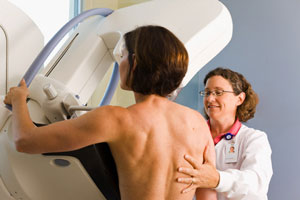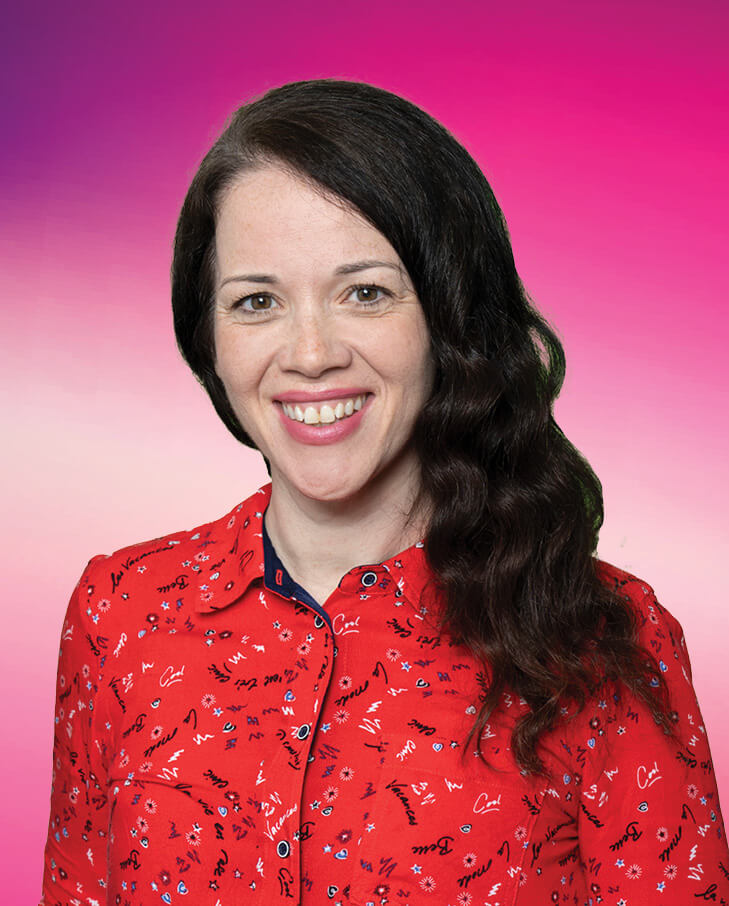 As women, we are inundated with new information on healthy living and disease prevention. We take this all in, but may still be asking: What vitamins should I take? How often should I floss? Does that new mole look strange? And, as we all know, our breast health is no different. You’ve probably heard that you should do a self breast exam monthly and talk to your doctor about annual mammograms when you turn 40, if not earlier. The medical profession followed those guidelines for years because, after all, isn’t early detection the key to cancer prevention?
As women, we are inundated with new information on healthy living and disease prevention. We take this all in, but may still be asking: What vitamins should I take? How often should I floss? Does that new mole look strange? And, as we all know, our breast health is no different. You’ve probably heard that you should do a self breast exam monthly and talk to your doctor about annual mammograms when you turn 40, if not earlier. The medical profession followed those guidelines for years because, after all, isn’t early detection the key to cancer prevention?
It’s no surprise then that the U.S. Preventive Services Task Force* (USPSTF) 2009 report on mammography screening caused quite a stir and a lot of confusion. Based on its review of the most current research, the panel revised previous guidelines so that mammograms are now recommended every two years beginning at age 50 for women of average risk. It also questioned the efficacy of doctors showing women how to perform self-breast exams as a method of early detection.
While the USPSTF recommendations on screening mammography, clinical breast exam and self-examination do not directly impact the young breast cancer survivors served by Young Survival Coalition (YSC), we always carefully review recommendations of such significance. Although mammograms are not perfect and often produce false positives in young women, the evidence has clearly shown that they are effective in older women and should be available for all women for whom such screening is appropriate. Further, the Task Force's recommendations deal only with average-risk women, not screening in higher-risk women and looking at residual breast tissue of young and old survivors.
As for YSC’s population of young women, the debate reminds us that better screening tools are urgently needed for all risk levels. Mammograms have been found to be an ineffective screening mechanism for women under 40 because their breast tissue is dense. And while over 13,000 women under 40¹ in the United States will be diagnosed with breast cancer this year, there is still no effective screening method for early detection of breast cancer in young women. Survival rates for young women diagnosed with breast cancer are significantly lower than for their older counterparts, and the disease is often detected at later stages and is usually more aggressive.
Taking all of that into consideration, medical professionals, researchers and advocates remain frustrated by early detection of breast cancer for all women and specifically those under 40. Accordingly, YSC urges young women to do what YOU can to become familiar with your breasts and bodies. Know your own personal risk factors for breast cancer, be aware of the signs of breast malignancies and promptly consult with your health provider if you have any health concerns. You are your own best advocate!
¹American Cancer Society, Surveillance Research 2011.*The USPSTF is a panel of independent experts who analyze the most current research on evidence-based prevention and establish guidelines based on this review: http://www.ahrq.gov/clinic/uspstfix.htm.




